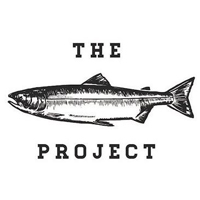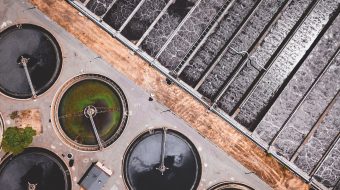Opportunity
The Salmon Project works to identify and support the shared values of Alaskans across a broad spectrum of geography, culture, ethnicity, and politics, on salmon-related issues. Since its inception in late 2012, The Salmon Project has made a substantial commitment to learning what Alaskans value and how they think about the state’s wild salmon resource.
Approach
The Project sponsored a first round of public opinion research in early 2013, using focus groups, key informant interviews, and a scientific statewide survey to explore the values, attitudes, perceptions, and needs of Alaskans from diverse regions and cultures. This early research involved more than 2,100 Alaskans and focused on learning about personal connections to wild salmon, perceptions of the benefits of, and threats to, the resource, interest in engaging locally to raise awareness and strengthen connections, and ideas for ways to support the health of salmon populations throughout the state.
The research confirmed that the vast majority of Alaskans deeply value the wild salmon resource and that they are deeply connected to it on personal and cultural levels that cross political divides. Strong majorities across political, geographical, and other subgroupings said an appropriate balance can, and should, be struck between salmon protection and economic development. Perceptions differed when it came to the current health and future security of the resource, but all shared the value of protecting wild salmon for important cultural, economic, and ecological reasons.
A second phase of statewide research was conducted in February 2014 using two different survey instruments to delve more deeply into specific salmon-related issues. DHM administered an online MaxDiff exercise to 600 Alaskans to assess priorities amidst competing needs in the state, and how to delegate responsibility for the wild salmon resource to different parties. A concurrent telephone survey explored attitudes towards personal responsibility and tested the potential of individual engagement as a means to protect the resource.
Results
The research assisted The Salmon Project in developing its communications strategy and tested their informational materials. One of the most powerful and actionable findings to emerge from the research had to do with the strength of participants’ personal connections to wild salmon, their care and concern for the resource, and the diverse and vital role they felt it plays in the state’s ecological, social, and economic health. Another key finding was the widely held view that it was possible to find a responsible balance between stewardship of the wild salmon resource and economic development. Majorities said they were personally willing to take actions on behalf of wild salmon, including private conversations and storytelling, advocacy, participation in community-based initiatives and public processes, making financial contributions, and learning how to minimize impacts of motorboats and ATVs.




